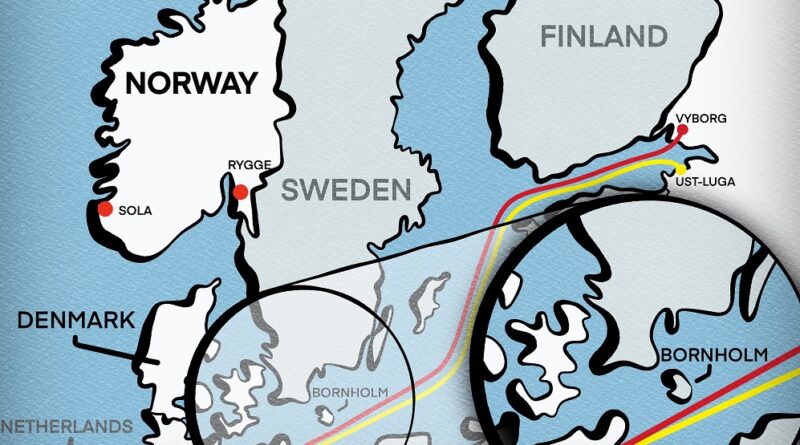Nord Stream blasts: major environmental impact or drop in ocean?
One aspect of the Nord Stream explosions that has been wildly over-hyped in some quarters is their environmental impact. One television presenter on a popular cable news channel referred to the attack as “the single largest human-caused environmental disaster in all of history,” which does not even come close to being true.
The largest impact from the explosions was the release of methane remaining in the pipes. It could be seen bubbling to the surface of the Baltic, where it escaped into the atmosphere. Estimated gases between 75,000 and 230,000 tons of methane were released that way.
But as anyone with a modicum of scientific education knows, methane is non-toxic and occurs widely in nature. Even a release on this scale was not the worst environmental disaster that month, let alone in all of history.
To the extent that a methane release is a problem, apart from the waste of potentially usable gas, it is because of its impact on global warming. Methane is a potent greenhouse gas, estimated to have 81-83 times the global warming potential of carbon dioxide over 20 years, and 27-30 times the potential over 30 years. (It diminishes over time as the gas breaks down in the atmosphere to form carbon dioxide and water.)
It is important to keep the release in context, however. The energy industry worldwide released nearly 135 million tons of methane last year. That means the Nord Stream leak accounted for just 0.06%-0.17% of the industry’s emissions.
Put another way, the methane released by the Nord Stream explosions was at most equivalent to 15 hours of emissions from the global energy industry.
As the UNEP report put it, the “Nord Stream gas leak may be the highest methane emission event, but is still a drop in the ocean.”




